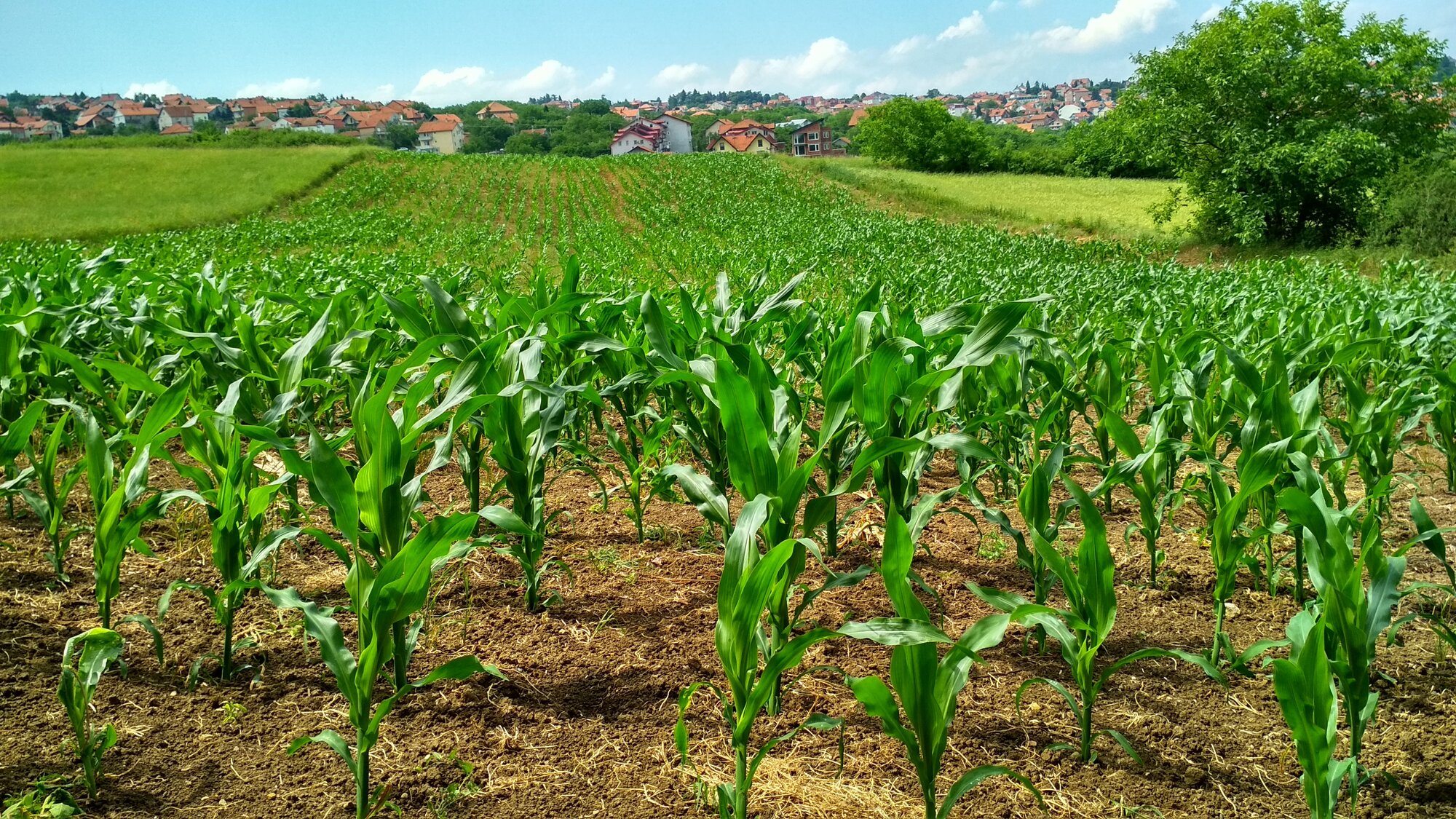
A Practical Guide and FAQ for Optimizing Soltellus™ Polymer Use in the Field
How to Apply, Mix, and Test Soltellus™ for Agronomic Success
May 27, 2025
4 minutes
Agronomy
By Sierra Cotton
Download Free Agronomy GuideNews
Whether you’re applying Soltellus™ polymer for the first time or refining your current approach, knowing how to apply, mix, and test the product properly is essential for maximizing its effectiveness in the field. To help you get the most out of Soltellus, we’ve put together a practical, easy-to-follow FAQ covering everything from application rates to mixing compatibility and jar testing protocols.
What is Soltellus™ and how does it work?
Soltellus™ is a multi-functional, biodegradable polymer that binds with nutrients to improve uptake. It also mitigates the negative effects of hard water, reduces scale buildup in irrigation systems, and enhances overall soil performance.
What are the recommended application rates?
- General field application: 64 oz (0.5 gal) per acre
- Dry fertilizer coating: 96–128 fl oz per ton of fertilizer
- Aerial spray: 32-64 oz/acre with a minimum spray volume of 2 gal/acre
- Ground sprayer: 32-64 oz/acre with at least 5 gal/acre total spray volume
- Fertigation/Irrigation: 10–40 ppm Soltellus in water (20–40 ppm for SAR ≥13 soils)
- Water conditioning: 5–40 ppm Soltellus per gallon of water (10 ppm = 0.15 mL/gal)
How can I apply Soltellus™?
Soltellus is highly versatile and can be applied in several ways:
1. With Liquid Fertilizers
Soltellus is compatible with most liquid fertilizers. It can be:
- Applied in-furrow
- Side-dressed
- Broadcast
- Injected through irrigation
Always use at least 5 gallons of spray volume per acre and confirm compatibility with a jar test.
2. With Dry/Particulate Fertilizers
Soltellus can be sprayed directly onto granular fertilizers before spreading. After spraying, let the fertilizer dry so that Soltellus is absorbed properly. Typical rates are 96–128 oz per ton of dry fertilizer.
3. Aerial and Drone Applications
Apply 32-64 oz/acre using a minimum of 2 gal/acre total solution. Use medium or coarser droplets (ASABE S572.3 standard), with a Volume Median Diameter (VMD) of at least 350 microns for drones.
4. Ground Sprayer
Same as aerial, but with a higher spray volume of 5-10 gal/acre. Again, medium or coarser droplets are recommended for optimal soil deposition.
Can I use Soltellus™ to treat hard water?
Yes! Soltellus is a water conditioner. When added at 5–40 ppm, it improves the performance of fertilizers and agrochemicals by reducing the effects of hard water and preventing mineral scale in irrigation systems.
Pro tip: Always add Soltellus to the water before any other products to maximize conditioning effectiveness.
How do I know if my tank mix is compatible with Soltellus™?
Soltellus is generally compatible with most fertilizers and agrochemicals, but tank mix compatibility can vary. Hard water can also lead to compatibility issues so that’s why performing a jar test is critical, especially if you’re:
- Using unfamiliar products
- Mixing more than two ingredients
- Working with liquid fertilizers as a carrier
How to Perform a Jar Test
A jar test simulates tank mixing in a small container. Here’s how to do it:
1. Use a clear 1-quart jar and the same water or fertilizer source you’ll use in the field.
2. Fill it halfway with the carrier (water or fertilizer).
3. Add Soltellus and other inputs in the proper mixing order.
4. Shake or stir the mixture thoroughly.
5. Let sit for 12 to 24 hours.
6. Check for any clumping, separation, or residue.
If the mix is smooth and uniform, you’re good to go!
What is the correct mixing order?
Getting the order of operations right avoids clogged equipment, reduced efficacy, or costly tank clean-outs. Here’s the recommended mixing sequence when using water as the carrier:
1. Fill the tank halfway with water.
2. Start agitation.
3. Add compatibility agents and anti-foamers.
4. Add dry formulations—pre-slurried if needed.
5. Add Soltellus.
6. Add dispersed liquids.
7. Add remaining liquids.
8. Add adjuvants.
9. Add micronutrients/fertilizers.
10. Add remaining water to the full volume.
11. Measure final pH and adjust, only if needed.
Pro Tip: If using a liquid fertilizer as a carrier, always pre-slurry dry formulations in water and be extra cautious, as compatibility issues are more common with liquid fertilizers.
What about agitation?
Soltellus is highly water soluble so minimum agitation is required after proper mixing has been achieved.
How should Soltellus™ be stored?
- Keep in original packaging with the lid sealed.
- Store in a dry location to prevent any water from entering the container.
- Do not expose to excessive heat or freezing.
- Soltellus is non-flammable and stable under normal storage conditions.
When should I apply Soltellus™?
Unlike many soil enhancers or chelating agents on the market, Soltellus isn’t limited to one crop type, one application window, or one method of use. It’s designed to fit seamlessly into a grower’s existing crop operation and adjusts to their schedule, conditions, and crop strategy. We have a blog with recommended applications based on crops.
Final Tips
- Always read product labels and follow local regulations.
- Use clean water, check pH, and be aware of mineral content.
- Keep records of your jar tests and field results for future reference.
- When in doubt, ask your Soltellus™ rep or dealer for guidance.